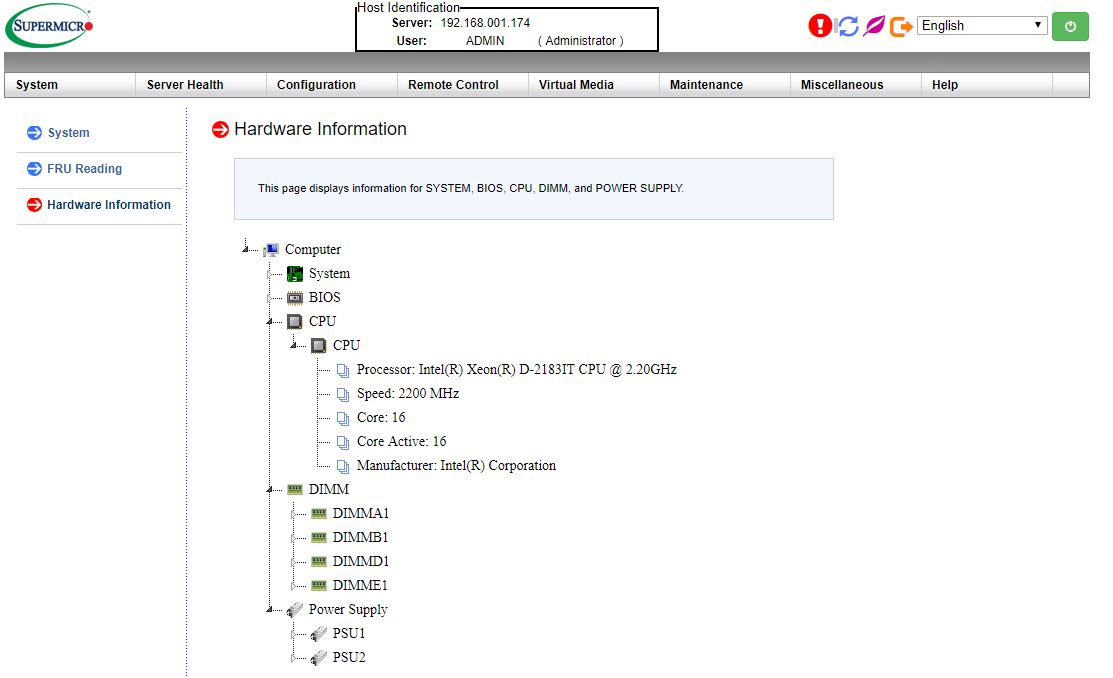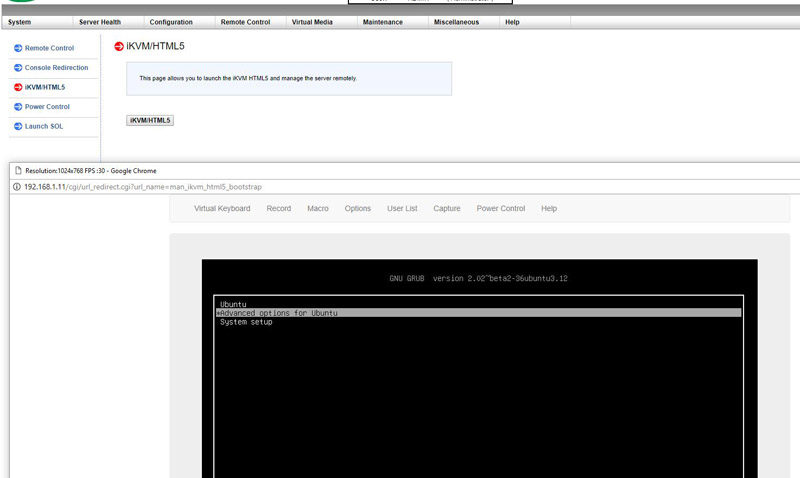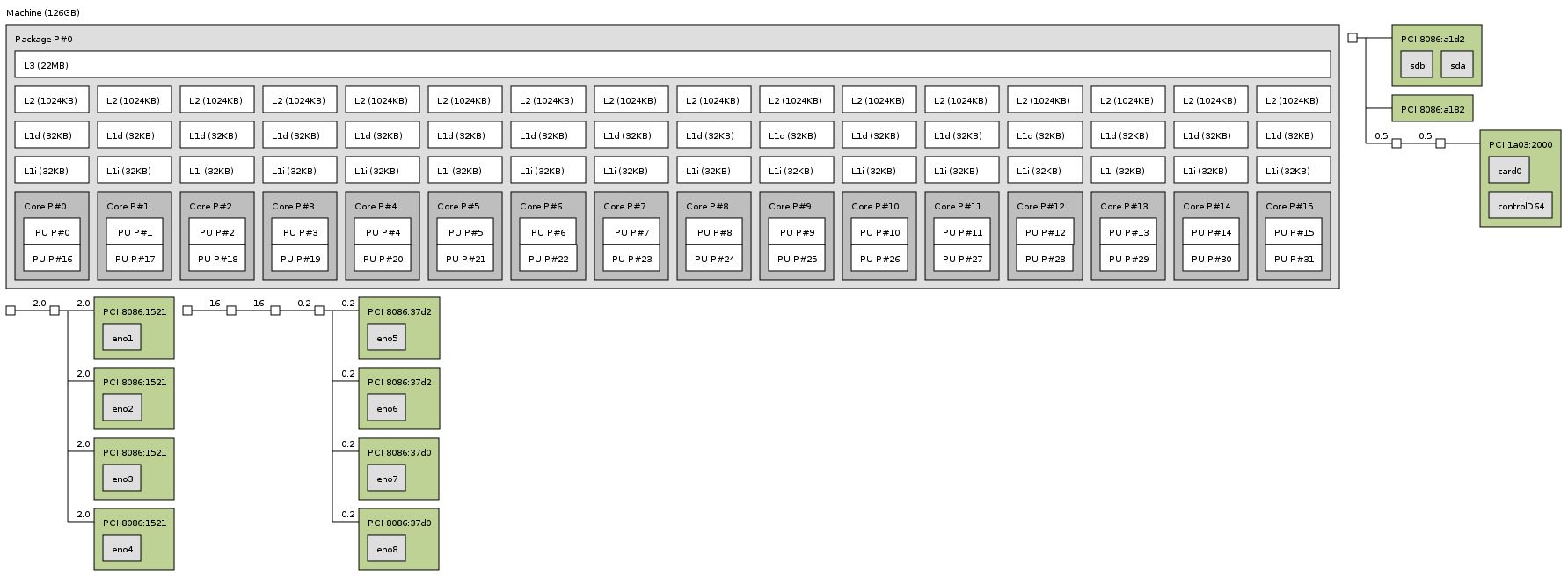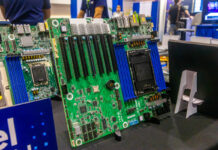Supermicro X11SDV-16C-TP8F Management
These days, out of band management is a standard feature on servers. Supermicro offers an industry standard solution for traditional management, including a WebGUI. The company is also supporting the Redfish management standard. On this motherboard, we see similar features as we would across the Supermicro X11 range. That means whether you are using an embedded motherboard or a 4U storage server, you will have a similar look and feel to the management experience.

In the latest generation of Supermicro IPMI is a HTML5 iKVM. One no longer needs to use a Java console to get remote KVM access to their server.

Currently, Supermicro allows users to utilize Serial-over-LAN, Java or HTML5 consoles from before a system is turned on, all the way into the OS. Other vendors such as HPE, Dell EMC, and Lenovo charge an additional license upgrade for this capability (among others with their higher license levels.) That is an extremely popular feature. One can also perform BIOS updates using the Web GUI but that feature does require a relatively low-cost license (around $20 street price.) That is a feature we wish Supermicro would include with their systems across product lines.
At STH, we do all of our testing in remote data centers. Having the ability to remote console into the machines means we do not need to make trips to the data center to service the lab even if BIOS changes or manual OS installs are required.
Supermicro X11SDV-16C-TP8F Hardware Topology
Here is what the overall hardware topology looks like. You can see the same 1MB of L2 cache per core and 22MB of L3 cache for the cores.

You can also see the Intel i350 controller with a single PCIe root for all four NICs and the four 10GbE ports. A block diagram was not available at the time of this writing, but we will update this article with one if and when we can get it.
Next, we will look at the performance and power consumption of the Supermicro X11SDV-16C-TP8F solution.




The real question, as is always, is when can we get our hands on these beauties. Over the years I’ve lost track of the number of great SKUs we’ve seen reviewed here that never seem to hit the retail channel.
John S. – it should be soon from what we are hearing. The bigger constraint is that very little server gear (relatively) is sold through traditional retail. It is good to have a sales rep instead of simply looking on Amazon or Newegg.
Is there any reason why Super Micro didn’t do 8 DIMM / 2DIMM per Channel? It should be cheaper on Memory Cost.
I wish Intel could have allowed 1TB Memory Support, perfect for In-Memory caching server.
Ed – you would have to ask them. From the PCB, it looks like they would not have fit FlexATX if they added four more DIMM slots and the additional wires for more RAM slots.
@Patrick did you hear back from Supermicro about JSIM1 slot and WAN card support ?
That is what it is for. I believe I answered this in the forums as well.
@Patrick – in Super Micro’s Feb 27, 2018 press release, they state: “up to four 10GbE LAN ports with RDMA support”… Can you verify that RDMA is available on the X11SDV-16C-TP8F platform and is it iWarp or RoCE?
Thank you for the review!
One typo, though; it says 10GbE instead of 1GbE at the beginning of the second sentence:
“On the networking side, there is a lot. There are four 10GbE ports, two SFP+ cages (right) and to the left of those cages are two 10Gbase-T ports”
should be
“On the networking side, there is a lot. There are four 1GbE ports, two SFP+ cages (right) and to the left of those cages are two 10Gbase-T ports”